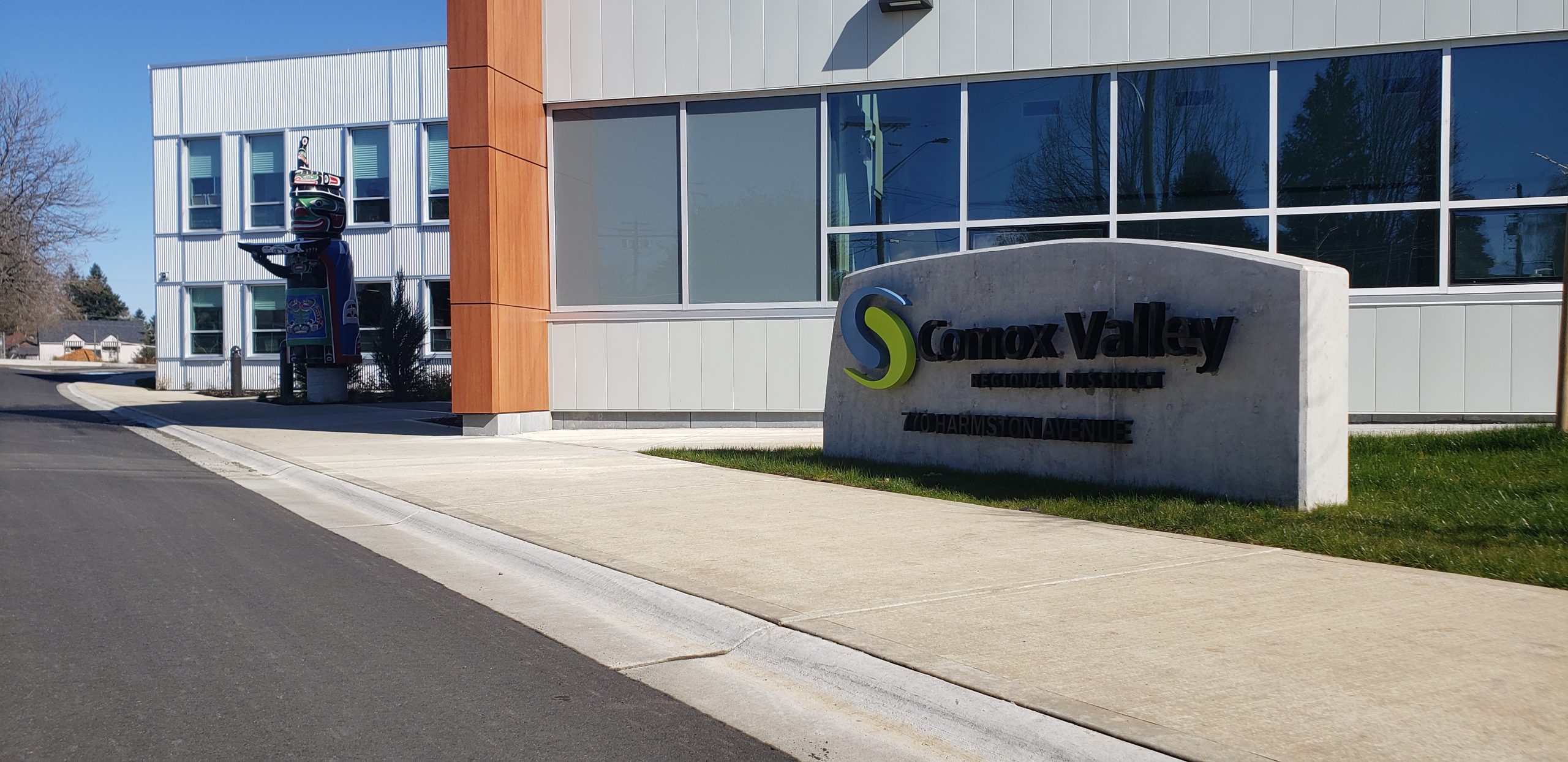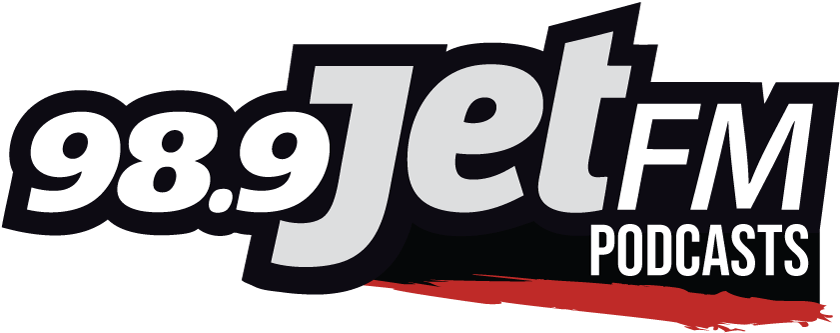Some local groups in the comox valley are getting rewarded for their work to reduce GreenHouse Gas emissions.
This year, through the Road to 2030 Challenge, the Comox Valley Regional District encouraged community members and organizations to apply for a grant that would help their GHG emission reducing ideas come to life.
Thanks to those submissions, $27,000 was awarded to three projects.
The winning submissions were submitted under two of the focus areas, being carbon sequestration and food (e.g. production, security, or waste diversion), and the winners were chosen by a committee made up of community members, including some youth in the valley.
The winners were:
Edible Indigenous Plant Shelterbelt: Created by the Comox Youth Climate Council (CYCC) and Lush Valley Food Action Society for a grant Award of $7,000.
The Edible Indigenous Plant Shelterbelt project falls within the “Food” focus area. The CYCC and Lush Valley Food Action Society will work together to design and install an Edible Indigenous Plant Shelterbelt/ Food Forest. This will provide opportunities to train youth in environmental restoration, permaculture design and edible foodscaping. This project will achieve GHG emission reductions by sequestering GHG locally through plant diversity and soil building. GHG reductions are also achieved by reducing the footprint of food transportation.
Additional Community Benefits: Local food distribution through the Good Food Box & Hot Meals program, regenerative agriculture and education, community collaboration and intergenerational connections, filtration of runoff by the Tsolum River, water conservation techniques, bioremediation and phytoremediation.
Trees for Tomorrow: Created by Conservancy Hornby Island for a grant Award of $9,000.
Project Summary
Trees for Tomorrow (T4T) is a project by Conservancy Hornby Island that falls into the “Sequestration” focus area. T4T focuses on working with the community to plant trees to fight climate change. This project helps achieve GHG reductions by planting the right tree varieties and mixes in the right locations in order to optimize carbon sequestration potential.
Additional Community Benefits: Established alliances with tree growers, conservancy groups and First Nations, partnerships with not for profit conservancy groups and creating partnerships through targeted infill areas, biodiversity and wildlife habitat creation and the storing and cleansing of water.
Lower Perseverance Corridor Project: Created by the Cumberland Forest Community Society for a grant Award of $11,000
Project Summary
The Lower Perseverance Corridor Project is working on protecting 12 ha of an important piece of riparian and upland forest. The second growth forest has trees ranging from 90 to 110 years and 2 ha is at immediate risk. This project will contribute to the protection of a community carbon sink which sequesters carbon and contributes to avoided emissions by the prevention of harvesting. This project falls within the “Sequestration” focus area.
Additional Community Benefits: Community dialogue and research with the K’ómoks First Nation, biodiversity protection and the protection and restoration of an important riparian and upland, ecological and heritage corridor accessibility providing linkages for the public and interpretive activities.
For more information about the Road to 2030 Challenge, or the winners, visit the Comox Valley Regional Districts website.






